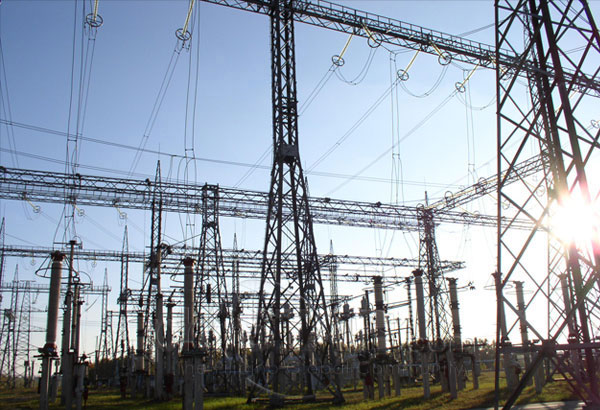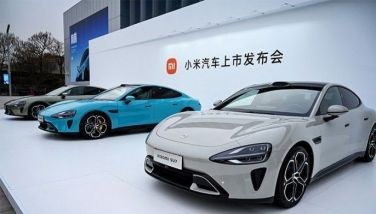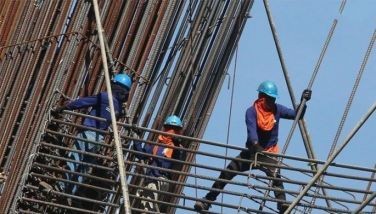The Economics of Increasing Train Fares
Our train system cannot compare to the efficiency of the train systems in Tokyo, Kuala Lumpur, Taipei, Bangkok, Hong Kong and Singapore. Part of the reason is congestion. There are just too many people riding the trains, and this become visible with the kilometric lines during rush hours. Moreover, there are frequent train stoppages due to malfunctioning trains. These problems can be partly attributed to the cheap fares of Philippine train rides. A train ride costs only 10 pesos for stops within two stations away, and 15 or 20 pesos for the farthest stops.
Train rides in other countries cost significantly more than train rides in Metro Manila. For instance, a train from Narita Airport to Tokyo would cost 3,000 yen or roughly, 1,200 pesos. Short train rides from one stop to another would cost about 100 yen, or roughly 40 pesos, in Japan. In Singapore, a short train ride would cost about 1 Singapore dollar or 33 pesos. Clearly, Philippine train tickets are cheaper compared to counterparts abroad.
Now, with higher train fares, many Filipino commuters would be displaced. This would easily solve the congestion problem. But this also solves many other problems. For instance, I commute a lot and I notice that many buses clog EDSA, and many jeeps block Taft Avenue. I noticed that these public utility vehicles clog the streets since they are waiting for passengers. Moreover, many of the vehicles that fill the street are half-empty. Some jeeps even have only one or two passengers. With a drastic fare increase, many of these passengers who need to go to work would be forced to take jeepneys and buses, and thus, they would lessen the clogging of the streets. This would then also solve the traffic problem, and increase the income of the jeepney and bus drivers.
Moreover, with higher fares, criminals such as pickpockets would be discouraged from taking the trains, since there are less passengers and more expensive fares. These people are able to carry out their crimes partly due to the congestion.
Higher train prices also allow for faster commuting for those who can afford and are willing to shell out the higher fares, which would save time. This is called the invisible hand in economics, which would allow market forces to determine efficient allocation. Currently, due to artificially low prices, there is more demand than supply, and this leads to a lot of deadweight loss in terms of traffic, long lines, train breakdowns, low income for bus and jeepney drivers, among others. By allowing prices to move up, these problems can be solved.
In fact, many problems can be solved if market forces were allowed to take their toll. For instance, in an LRT or MRT escalator, many people are insensitive to the needs of fellow passengers. In other countries, the left lane is reserved for those who are rushing. Thus, passengers only stand on the right. They take the left lane if they are rushing. This benefits society since there is more order, and people who are rushing can make it to their destination. In one of the lines I was in, I noticed a rushing worker and a person in front of him told him to fly if he was in a hurry. If the LRT and MRT administration imposes a 500-peso fine on anyone blocking the left part of an escalator, then people would stick to the right. Those caught should be fined or made to clean the stations for a day (roughly the same amount considering that minimum wage is close to 500). No excuses should be allowed since standing on the left side is not a matter of life or death.
The train system has many problems, but these can be solved by basic economics, good policy and proper enforcement. Filipinos can be hard-headed and good policy would only work with strict and proper enforcement. Higher train prices would be a bitter pill to swallow, but it is a step towards healing our train system. The 500-peso fine for standing on the left side would be another effective solution to increase efficiency.
***
Lester Yee is a guest columnist for Philstar.com. The views expressed in this article are purely his own and do not reflect those of Philstar.com.
- Latest
- Trending






























